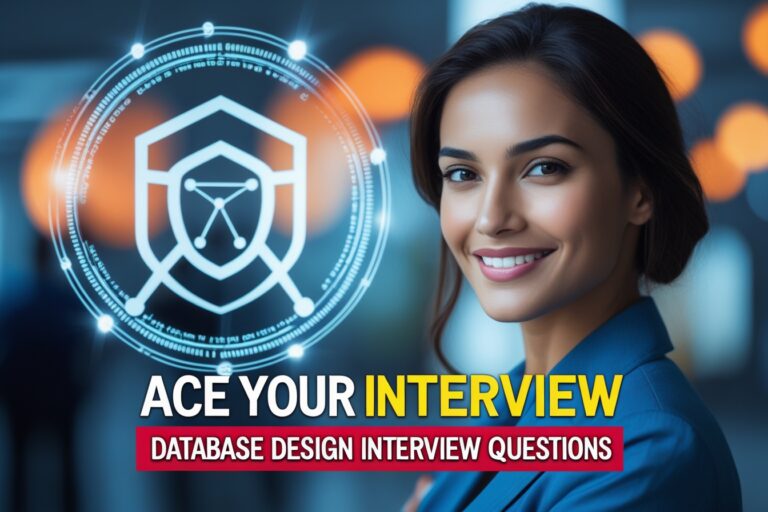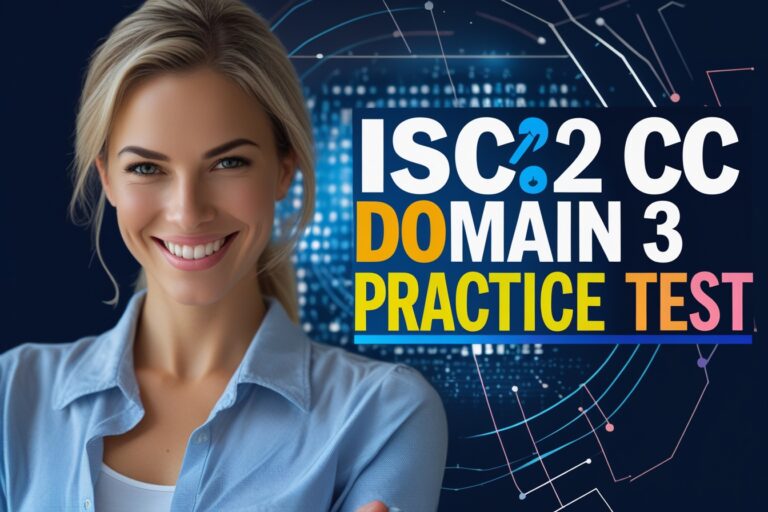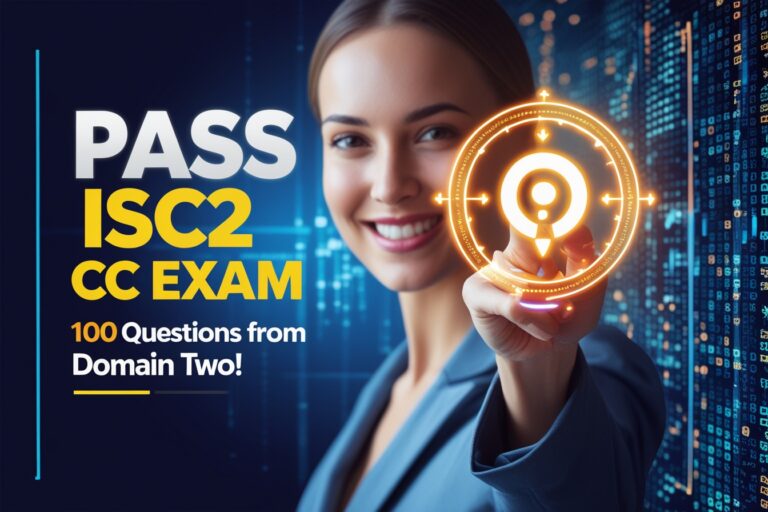1. …………………. software resides only in read only memory and is used to control products and systems for the consumer and industrial markets. A) Business
B) Embedded
C) System
D) Personal
2. …………………. software makes use of non numerical algorithms to solve complex problems that are not amenable to computation or straightforward analysis.
A) Artificial Intelligence
B) Web-based
C) Embedded
D) Real time
3. …………….. is a sub discipline of computer Science that attempts to apply engineering principles to the creation, operation, modification and maintenance of the software components of various systems.
A) Computer Engineering
B) Hardware Engineering
C) Software Engineering
D) Component Engineering
4. The cost of software engineering includes approximately …………… of development costs and …………. of testing costs.
A) 50%, 50%
B) 40%, 60%
C) 80%, 20%
D) 60%, 40%
5. Software maintenance refers to the support phase of software development which includes.
A) Correction
B) Adaption
C) Enhancement
D) All the above
6. The ……………… model stipulates that the requirements be completely specified before the rest of the development can processed.
A) Waterfall
B) Rapid Application Development (RAD)
C) Iterative Development
D) Incremental Development
7. State whether True or False for Rapid Application Development (RAD).
i) RAD is not appropriate when technical risks are high.
ii) For large but scalable projects, RAD requires sufficient human resources to create the right number of RAD teams.
A) True, False
B) False, True
C) True, True
D) False, False
8. ………………… model couples the iterative nature of the prototyping with the controlled and systematic aspects of the linear sequential model.
A) Spiral
B) Rapid Application Development (RAD)
C) Iterative Development
D) Incremental Development
9. ………………………. is a function of the number of failures experienced by a particular user of that software.
A) Software Usability
B) Software reliability
C) Software performance
D) None of the above
10. Statistical testing is a software testing process in which the objective is to measure the …………….. of the software rather than to discover software faults.
A) availability
B) reliability
C) reusability
D) all of the above
11. …………….. results in modification to the software to accommodate changes to its external environment.
A) Adaptive maintenance
B) Perfective maintenance
C) Corrective maintenance
D) Standard maintenance
12. …………….. extends the software beyond its original functional requirements.
A) Adaptive maintenance
B) Perfective maintenance
C) Corrective maintenance
D) Standard maintenance
13. The ………….. model suggests a systematic sequential approach to software development that begins at the system level and progresses through analysis, design, coding, testing and support.
A) linear sequential development
B) rapid application development
C) incremental development
D) iterative enhancement
14. Which of the following activities includes in linear sequential model for software development.
i) analysis ii) design iii) coding iv) correction v) test
A) i, ii, iii and iv only
B) ii, iii, iv and v only
C) i, ii, iii and v only
D) i, iii, iv and v only
15. ……………… is actually a multi-step process that focuses on four distinct attributes of a program, data structure, software architecture, interface representations and procedural detail.
A) Software analysis
B) Software design
C) Coding
D) Testing
16. The ……………….. assumes the requirement of a system which can be baseline before the design begins.
A) linear sequential model
B) rapid application model
C) incremental model
D) iterative enhancement model
17. ……………… is a document driven process that requires formal documents at the end of each phase.
A) Linear Sequential Development
B) Rapid Application Development
C) Incremental Development
D) Iterative Enhancement
18. …………………. is an incremental software development process model that emphasizes an extremely short development cycle.
A) Linear Sequential Development
B) Rapid Application Development
C) Incremental Development
D) Iterative Enhancement
Answers
1.B) Embedded
2.A) Artificial Intelligence
3.C) Software Engineering
4.D) 60%, 40%
5.D) All the above
6.A) Waterfall
7.C) True, True
8.A) Spiral
9.B) Software reliability
10. B) reliability
11. A) Adaptive maintenance
12. B) Perspective maintenance
13. A) linear sequential development
14. C) i, ii, iii and v only
15. B) Software design
16. A) linear sequential model
17. A) Linear Sequential Development
18. B) Rapid Application Development
Read Next: Solved MCQ Questions On Software Engineering Set-2









